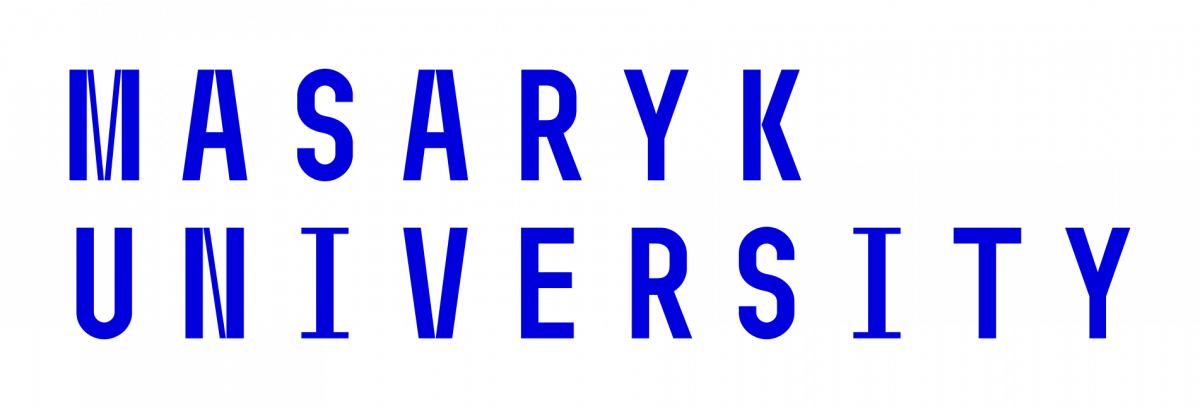Traditionally, the media has been seen as both an institution and an industry. This creates several tensions that the media must constantly deal with. As institutions, they are supposed to inform the public about important events in the public interest, but as an industry, they are supposed to generate as much profit as possible. The process whereby the media subordinates all its interests to profit is called the commercialization of the media. The commercialization of the media can lead to a number of undesirable phenomena, typically tabloidization and sensationalism. Media owners are traditionally considered to be sources of pressure on the media and the disruption of journalistic professional autonomy. These pressures usually do not manifest as open and direct interference; they are rather more subtle (e.g., economic constraints, the spread of certain values, or the organizational culture). Inherent in media ownership is the concept of media ownership concentration, which refers to a situation where the media in a given country is owned by a few individuals. These owners are sometimes referred to as media moguls. The most famous contemporary media moguls are, for example, Silvio Berlusconi and Rupert Murdoch. Researchers distinguish between two types of media ownership concentration – horizontal and vertical. Horizontal concentration refers to a situation where a given owner owns several media houses that can support each other’s sales. Vertical concentration refers to a situation where the owner owns other types of companies that enable him to produce newspapers/radio/TV – typically, for example, printing houses – and thus create a sequence of production chains.









